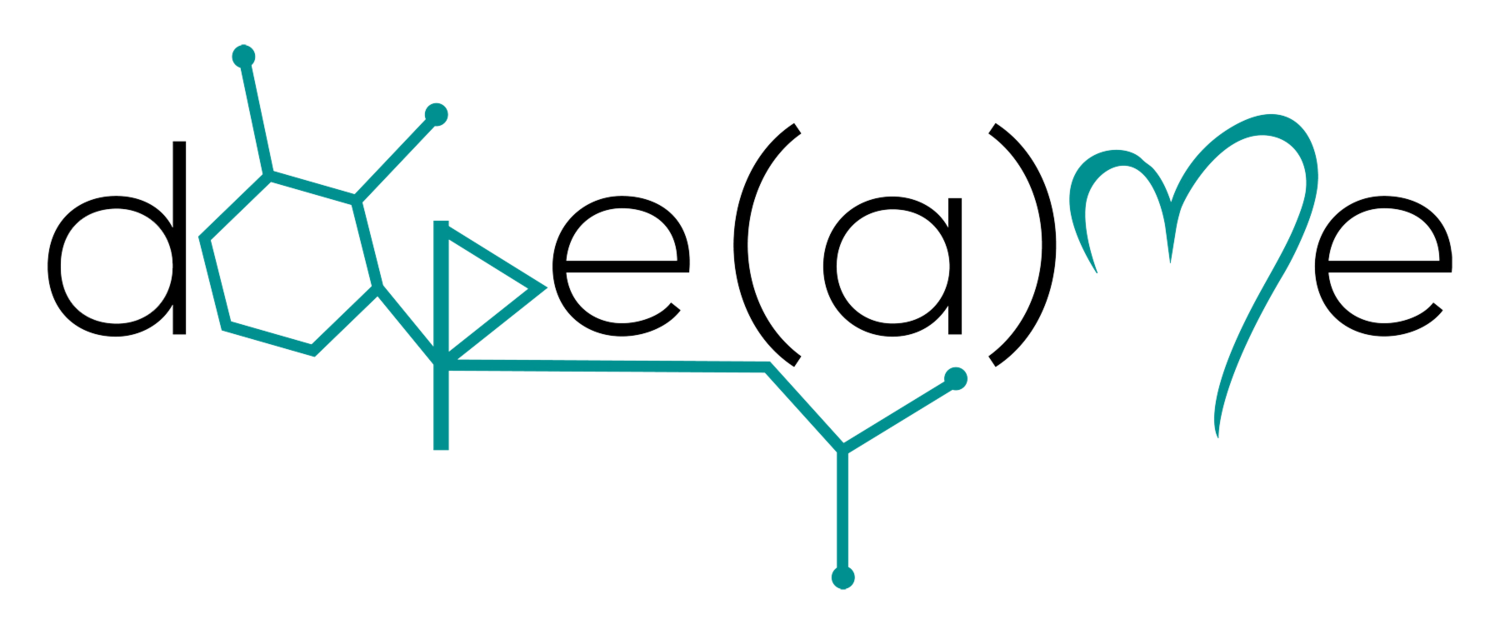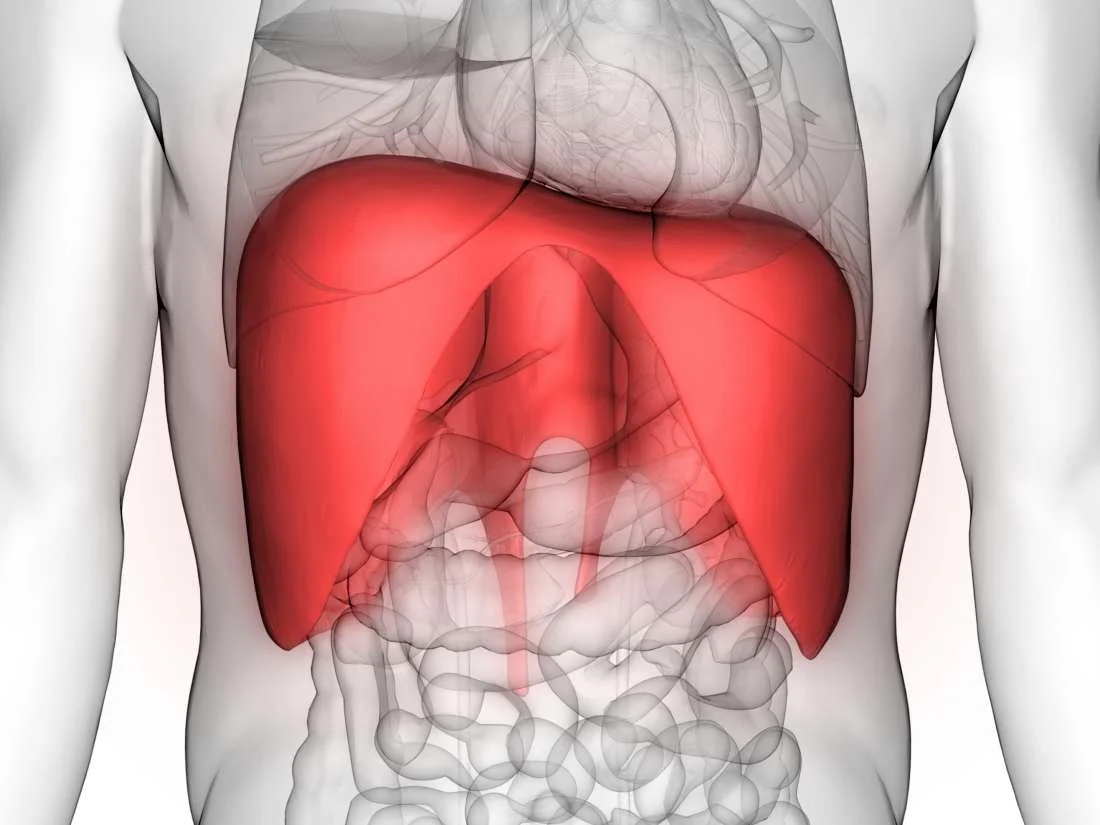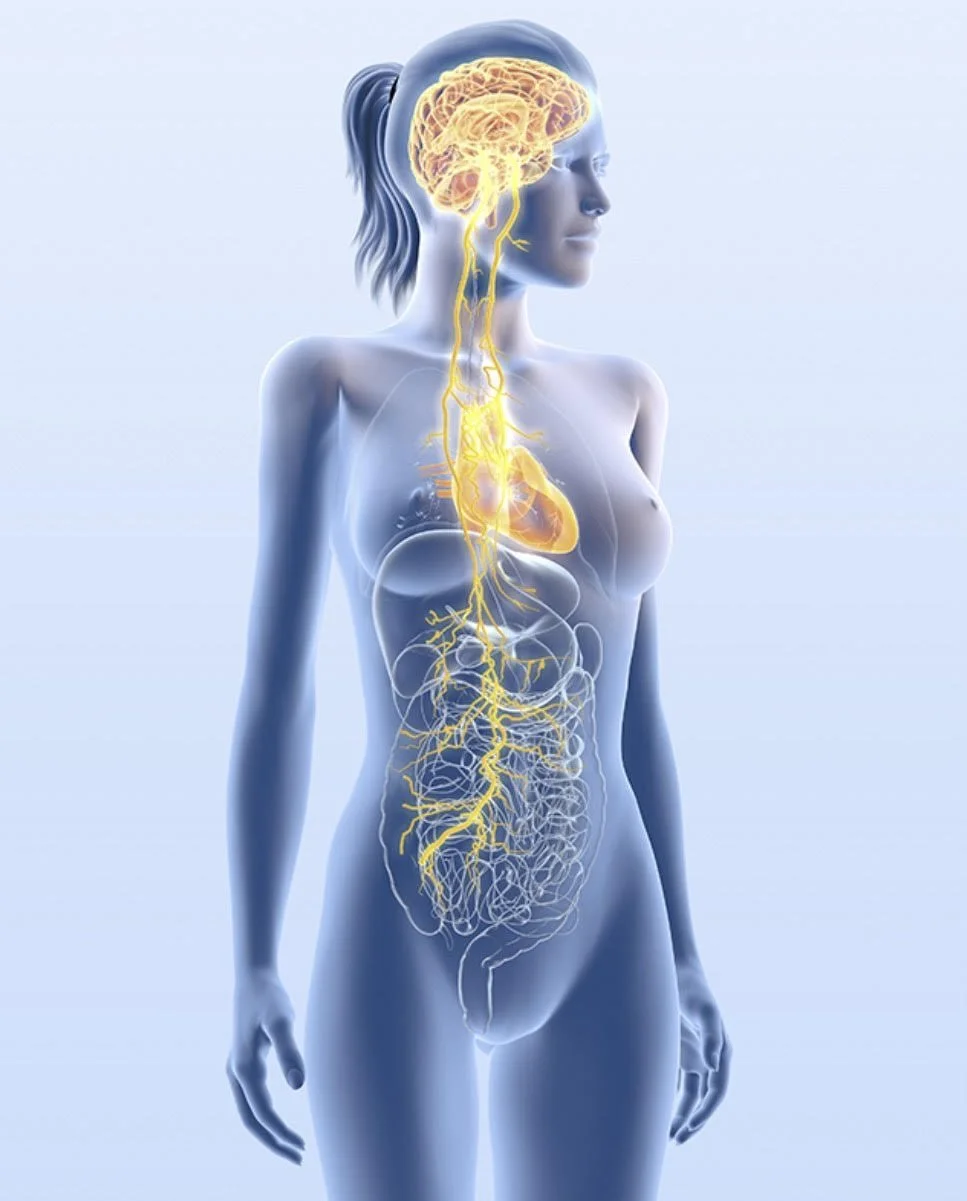On Monday I presented phase 1 of my practicum project to an audience of professors and students from the University of Calgary, most of which are in the Faculty of Social Work. I recorded the presentation and have attached it here for anyone who would like to watch it as well. Many aspects of this project have illuminated more clearly for me from this presentation and the discussions, feedback and reflections I was privy to afterwards. While this is a project that in many ways is centering me, an equal truth is that it requires collaboration, openness and agility as I try things on and allow myself to be changed in relationships along the way. At the heart of this project is the belief that we are interconnected and to know ourselves we must include and know others.
“Self Realization is a process of radical inclusion” (Bhambra, 2014).
This week, in the aftermath of this presentation, I have focused on sitting with the conversations, feedback and questions I received to ensure that I add clarity to what needs more attention and consider what is changing in my approach and framework as a result. One comment that I have really enjoyed sitting with was from my friend Hayden who attended the presentation. She noted that this appears to be an autoethnography of an autoethnography. I love this so much. Another aspect of the snake eating its tail. With that in mind, as I continue in this process of writing and creating this autoethnography with an open book mindset for others to follow along and be a part of the creation, this blog post serves the purpose of sharing some of the reflection and questions from those who witnessed this presentation, and my responses as I have had a few days to steep, simmer and explore. Before I dive into that, I also wanted to share a more personal aspect of this journey that has arisen this week.
While the framework and structure of this project will continue to evolve as I explore, research and experiment, phase 2 of this project is focused on diving into my psyche and beginning the work of mapping out my system and coming back into relationship with parts of me that have been wounded and separated in a myriad of ways as a result of colonization. Not surprisingly, I realized that there was a bit of comfort for me as I focused on the cognitive aspect of research, creating and delivering a presentation, and once I passed that threshold I noticed some resistance inside. A part of me is worried and fearful of what I will find inside. With an audience and a commitment to share my experience, a part of me clams up with the thought of what if I uncover something that is unbearably shameful or embarrassing. I observe myself begin to spiral through protective mechanisms (i.e., get busy, avoid, and stay focused on the cognitive) as I touch into deep wounds around not being good enough, fear of hurting others, fear of being rejected or abandoned, and in some ways, a fear of being seen as a monster.
It has been helpful to name this, share it with others, and remind myself that in order for me to approach my system and lead to real change, I need to slow down and ensure I am engaging with the many layers of affected parts. Similar to change in organizations, when one change is being attempted, it is vital that the whole system is set up and ready for change as well. Change doesn’t happen in a silo because we are interconnected. With that being lit up in my system I am reminding myself to be patient, tender and courageous. I am ready to venture inwards.
Now back to the exploration that came from my discussions after the presentation:
Land Acknowledgement correction
An important update to how I presented the land acknowledgement. A couple of the participants pointed out that Calgary no longer has a Metis region, and instead has been split into two Metis districts. District 5 is Calgary Nose Hill and District 6 is Calgary Elbow.
What is the goal of research?
An interesting inquiry arose in the discussion after my presentation regarding the quote I shared from Dr. Sima Barmania (2017), who, in the words of her mentor, said: “the research does not change anything; it’s the research that changes you”
Is this true? I was lovingly challenged on this. One of the professor’s remarked how powerful it is to witness someone’s research and how that can lead to a change in the individual who observes or partakes in someone else's research. With kind regard, my presentation and research was used as an example. In sitting with this, I realize that I misrepresented this quote in service of centering myself in this work and my intention to focus on change within me rather than telling or trying to change the outside world. Of course research can be a catalyst for change in those outside of the research. When I look at this quote through that lens, I see that is what is being communicated already. Our focus in research is not to change the world, it is to see the world more clearly, as it already is. In doing so, we change ourselves as the observers, the participants, and then the world around us changes as we are the change makers.
Contradiction or two truths?
What may first appear to be a contradiction could also be an invitation to broaden one’s perspective to hold more than one truth simultaneously. There are a couple of these in my project that are worth spending some time fleshing out.
In 1949, Niels Bohr shared what he referred to as an old saying regarding two kinds of truth. He said,
“To the one kind belongs statements so simple and clear that the opposite assertion obviously could not be defended. The other kind, the so-called “deep truths,” are statements in which the opposite also contains deep truth” (1996).
Or as I like to re-phrase, sometimes the opposite of a profound truth is another profound truth.
What is being spoken of here is the wisdom of nondualism. Rather than choosing between “this” or “that”, nondualism teaches both/and. A philosophical concept from ancient Indian wisdom. In sanskrit nondualism is advaita, which translates as “not two” (Shila, 2022). And, an antidote to black and white thinking that has been accredited to white supremacy culture (which I will revisit later on in this post) (Okun, 2023).
On that same note, a potential contradiction illuminated as I expressed that white supremacy culture is both being blindly followed as well as being an intentional “power play”. It is both. A complex mix that will, depending on the person or context in which we are viewing White Supremacy Culture, could tilt more towards deliberate harm, while other situations could be seen as an unconscious collusion. And it is possible that, considering our internal multiplicity, both can be happening simultaneously.
One of these nondual invitations appearing as a contradiction is the concept of how I grapple with centering myself while also acknowledging that I do not want to center a white voice in this arena of decolonization. Something I have found helpful to understand this is by using an organizational culture framework I fell in love with several years ago called Holacracy (versus Hierarchy). According to Gibbons (2019), this is a managerial framework that takes ultimate power out of the hands of a select few, and into an agreed upon rule set or “constitution” that all participants of that group or organization follow, including those traditionally in charge.
Why I thought of this framework is because of the way I envision it in my mind. What starts as a triangle, the pyramid of the hierarchy, blasts out into a 3 dimensional sphere of interconnectedness, with agreed upon rules that guide relationality at the center. Depending on the context and the perspective being viewed from, the center is both in flux yet fixed on guidelines. From this framework, it is possible to understand how every part of this sphere is at the center occasionally, and rightfully so. Rather than a fixed image or a narrow scope from one perspective, there is movement, change, and the shared experience of being centered in this centerless center - Buddhist concept (Huberman & Harris, 2023). Another aspect of the Holacracy I appreciate is the adoption of a rule-set or constitution that provides structure for this interconnected sphere that is uniting for a common purpose and shared goal.
The holacracy I am imagining into existence is one that has a constitution that leads to deconstruction of colonial consciousness. This requires a shift away from what has been fixed at the center so that this interconnected sphere can come back into its healthy movement where everyone has the right and opportunity to be centered, seen, and considered as integral parts of the whole. I am centering myself in this phase of the project, and I am also very aware that I am not The Center.
The dangers of stagnant labeling
I stand by the importance of being mindful about using labels that create a fixed or stagnant box for something to fit into. I have felt a profound shift in my own parts (and with clients) as we have taken the time to focus on strengths, gifts, and good intentions, rather than jump to labeling the part with the trait it deploys for protection. I mention this briefly in my presentation with the example of shifting my language around “self critic” or “self sabotage” to refer to a part that uses self criticism as a protective tool in service of generating motivation or achieving high expectations.
This sense of relationality (i.e., displaying understanding) feeds into a critical mass of safety. With that connection, we can support the part to shift its role from something that is maladaptive towards something that is supportive for the system. When I consider this process in the outside world, and how defensive and triggered folks get around the label of white supremacy culture, I am pausing to wonder how we might approach this differently.
What could that mean or look like when it comes to white supremacy as a label? This is something I am sitting with and I do not have a clear stance on this yet. Is there room to consider a more broad and inclusive term that white supremacy culture is pointing at? Is white supremacy culture the root of the issue or is that also a symptom of something else? Would I be doing a disservice of any kind if I referred to colonial consciousness without using the label of white supremacy culture? When I think about colonial consciousness as a toxin that has infiltrated our internal systems and indoctrinated our internal parts, I wonder if referring to white supremacy culture is a subset of that phenomena. The term or concept White Supremacy was coined to describe what had been accepted as normal for far too long. It is pointing at something that needs to remain in our awareness as it is influencing us in more ways than many of us realize. Perhaps this is something we can re-label as a collective once we have made significant headway in our cultural and systemic change.
My Why
In the introduction portion of my recording I made a comment about how this work is central to my earlier life experience, yet I neglected to make that connection explicit. This is an important piece as I want to reiterate that I am not trying to convince anyone to step into this work and that means I am not trying to articulate why this is something you or anyone else “should” be interested in. I do want to be clear on my why though.
What I was alluding to was that my mental health struggles grew in intensity until I learned to slow down, breathe, feel, and turn towards what was arising. What I came into contact with was a deep discomfort of being in my body, a polarization internally between a part of me that fears missing out yet equally fears being included, an illusive black hole that holds a complex mix of fear, shame, and loneliness, and a part of me that is terrified of that black hole and flails to get away from it. My theory is that this “black hole” is the wound “of a prior traumatized state—a colonial shattering of identity, or a wound inscribed at the heart of an identity no longer coinciding with itself—the recurrence of which is being anxiously defended against” (Drichel, 2013). It is this mix, or constellation of parts, that I am referring to as being intoxicated with colonial consciousness, and in which I intend to focus on, deconstruct, repair and unburden, and map out in this next phase of the project. I desire to be as whole and healthy as possible, and to lead with my heart more and more in life. To liberate this constellation of parts feels like my path towards this goal.
I am committed to no longer blindly colluding with colonial consciousness, and that requires that I see it, that I observe it in my actions, thoughts, and belief structures. As my awareness of this infliction in my psyche grows, I can then deconstruct it, I change how I respond to it, and I can replace it in my system with something else. Through this repetitive commitment I can create change from the inside out.
Project title
Lastly, as I mentioned at the start of this presentation recording, the title of this project continues to evolve as I get more clear on the precise wording that captures what this is. One day after this presentation a fellow student in my MSW cohort sent our class an article titled The Future of Healing: Shifting From Trauma-Informed Care to Healing-Centered Engagement (Ginwright, 2018). I was immediately intrigued. I have read several articles regarding Ginwright’s model of Healing-Centered Engagement since then and feel the alignment. This model speaks to the very same aspects of a trauma-informed approach that I highlighted as important and as risks. With healing-centered engagement we have stepped out of colonial language and potential misunderstanding of the trauma-informed approach.
Ginwright (2018) explains:
“A healing-centered approach is holistic involving culture, spirituality, civic action and collective healing. A healing-centered approach views trauma not simply as an individual isolated experience, but rather highlights the ways in which trauma and healing are experienced collectively. The term healing-centered engagement expands how we think about responses to trauma and offers a more holistic approach to fostering well-being.”
According to Cardesa (2021), “Healing-centered engagement offers a generative framework and language for responsive and humanizing trauma-informed leadership and pedagogical approaches.”
With healing centered engagement there is an emphasis on strengths, on healing as a collective, that we all have experienced trauma, not all trauma is created equally, and recognizes “culture as a central feature in well-being” (Cardesa, 2021). This includes understanding cultural and systemic oppression and how the intersectionality of oppression impacts people differently.
While this post may have served to add clarity and context to pieces of this project that required more attention, I also recognize it included lots of new and deepening questions as well. And for now, this feels complete.
References:
Bhambra, G. K. (2014). Postcolonial and decolonial dialogues. Postcolonial Studies, 17(2), 115–121. https://doi.org/10.1080/13688790.2014.966414.
Bohr, N. (1996). Discussion with einstein on epistemological problems in atomic physics. Niels Bohr Collected Works, 339–381. https://doi.org/10.1016/s1876-0503(08)70379-7
Cardesa, C. M. (2021, June 9). Moving to healing-centered engagement: Reimagining trauma-informed leadership. Dr. Cecilia M. Cardesa. https://drceciliacardesa.com/traumaventure-blog/moving-to-healing-centered-engagement-reimagining-trauma-informed-leadership
Drichel, S. (2013). Towards a “radical acceptance of vulnerability”: Postcolonialism and deconstruction. SubStance, 42(3), 46–66. https://doi.org/10.1353/sub.2013.0034.
Gibbons, P. (2019). The Science of Organizational Change: How Leaders Set Strategy, Change Behavior, and create an agile culture. Phronesis Media.
Ginwright, S. (2018). The Future of Healing: Shifting From Trauma-Informed Care to Healing-Centered Engagement. Medium.
Huberman, A., & Harris, S. (2023, January 1). Using Meditation to Focus, View Consciousness & Expand Your Mind. Huberman Podcast. other.
Okun, T. (2023). White Supremacy Culture. WHITE SUPREMACY CULTURE. https://www.whitesupremacyculture.info/
Research in progress blog (2017). BioMed Central Ltd. https://blogs.biomedcentral.com/bmcblog/2017/06/05/the-research-does-not-change-anything-its-the-research-that-changes-you/
Shila. (2022, March 10). Advaita Vedanta explained - philosophy of non-dualism. VedicFeed. https://vedicfeed.com/advaita-vedanta/




